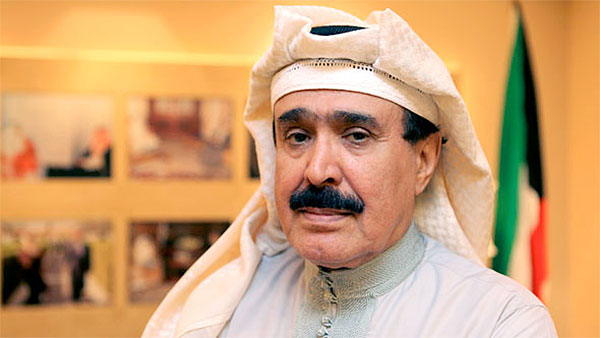18/08/2019
18/08/2019

IT HAS become clear that after 29 years of the unification of the two parts of Yemen, unity based on political and fabricated benefits will fail if it is similar to the Yemeni unity based on emotional slogans and political benefits of both leaders in Aden and Sanaa.
What is happening now in South Yemen is the natural order of things as the beneficiary politicians in the North and South tried to avoid a shaken unity based on permanent bleeding, injustice and submission of one side to the other. This is the inevitable truth, unless the intention is to sink the entire Yemen in the seas of blood for a handful of politicians seeking to accumulate wealth at the expense of their people.
The reader of history on unity of the two parts of Yemen is fully aware of the fact that it was not established firmly because four years after its declaration, it was exposed to the first earthquake in 1993. At the time, Vice-President of the Republic of Unity Ali Salem Al-Baidh called for autonomy of the South, followed by the war on May 20, 1994 – two days before the anniversary of the Declaration of Unity – to clearly express the anger of southerners who were subjected to northern dictates.
The communist revolution in the South began in the 1960s. Before that, there were negotiations between the sultans of the seven regions to unite them into a State, later known as the Southern or Democratic Yemen. However, this unity did not reach Sanaa in the North, because the cultural reality is different from what is on the coast especially since the separatist movements are still active up to this day, particularly in Saada; in addition to the internal political conflicts that have ravaged the North throughout the 19th and 20th centuries.
When international political conditions changed in the last two decades of the 20th century, the leaders of the North and the South considered that the solution to their internal problems lies in the unity between the two parts, especially with the end of the Cold War, the collapse of the Soviet Union, and intensification of the struggle for power between the leaders of the ruling party in Aden. Unity was the way out of that crisis on one hand; and on another hand, the unitary slogan which dominated the minds of Arabs from the ocean to the Gulf.
Between 1994 and 2011, there were many protests against northern practices in the South, until the wave of the so-called ‘Arab Spring’ put everyone in front of the truth, specifically after Ali Saleh and the Houthis turned against the Gulf initiative which was the stage of salvation for everyone; leading to the outbreak of civil war between the northern components against each other, then a war with the South after its components announced their desire to return to their State and disengage from Sanaa which saw it as a failed project.
The Houthis and coup forces resorted to invading the South afterwards. The war in 2015 was aimed at stopping the Iranian expansionist project through the Houthis who, as usual, turned over their main ally – the General People’s Congress Party and assassinated President Ali Abdullah Saleh. Nevertheless, the Arab coalition, southern resistance and national army defeated the invaders in large areas of Yemen in general, and the liberation of the South in particular.
This historical outcome should have produced an explicit declaration of disengagement based on personal emotions and benefits rather than genuine national unity, so what is happening today in the southern quest to get rid of the high price they paid for their connection with the North is normal. No country in the world or any coalition can prevent them from determining their fate. The demonstrations of millions in Aden will continue until the southerners obtain their lost State in a moment of international political change and as per the personal wishes of some of their leaders.
By Ahmed Al-Jarallah
Editor-in-Chief, the Arab Times


